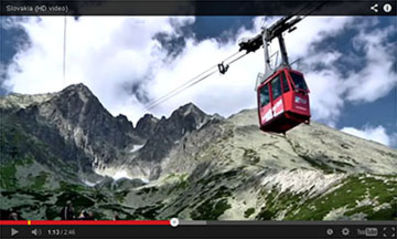The exhibition in Nitra's Nitra Gallery explains the viewer how to build their own radio devices, it shares the beauty of being able to “tinker” something together, something that works and can be used.
Radioart is defined by Tetsuo Kogawa is his 2008 manifesto which is based on his own experience and described in its relationship with the internet, radio broadcasting, music and sound art. Radioart (according to him, it needs to be spelled together as a single word) uses radio not just like a medium, but the actual broadcasting is an important part of the experience. He sees radioart more like procedural art, rather than object art.
Radioart is related to a so-called makers culture, better known as DIY or tinkering with electronics. Radio clubs used to be local cells responsible for spreading knowledge and skills, often borderline legally. Radio amateurs consider their broadcasts and technological equipment an endless challenge that pushes them towards building better and better receivers and antennas. Radioart is therefore inevitably related to this DIY culture. Kogawa himself develops simple and very compact radio devices and publishes their blueprints and manuals on his website.
Radio communication is always one-way. It is always the time for either the transmitter and the broadcaster or the receiver and the recipient. Never both at the same time, input or output, I/O. Radioart cannot work without referring to this fact.
Radio has always been a political medium and that makes radioart political as well even though the manifesto does not mention this in a broad spectrum. Every broadcast is either official, legal and authorised or unofficial, insurgent, subversive and pirate. Radio communication is heavily regulated all over the world. The electromagnetic wave spectrum of 9kHz to 105 GHz is a subject to various laws and regulations with heavy fines for interfering with the most used frequency ranges.
The After the Radio exhibition by two active Czech artists Michal Cáb and Marek Hlaváč is the same kind of process as Tetsuo describes in his manifesto. It explains the viewer how to build their own radio devices, it shares the beauty of being able to “tinker” something together, something that works and can be used. It describes how to “hack” a simple USB TV receiver and make it into a software-controlled radio set. The artists make and use such devices right there on-site. The installation is also very open-minded when it comes to using radio transmitters illegally. The viewer walks the gallery staircase holding a radio while being informed about the basics of radio broadcasting, listening to illegal local FM transmission and then, finally, they are given a choice to knowingly break the law and start a short illegal broadcast. The viewer becomes the broadcaster, with no feedback or knowledge about the size of their audience.
Exhibition will be opened on Thursday, February 22th, 2018 at 6 p.m. and will last until Sunday, April 8th, 2018 in The Youth Gallery of the Nitra Gallery in Nitra.
Michal Cáb studied theology and continued with his post-gradual studies at Tomáš Vaňek’s Intermedia III studio at the Academy of Fine Arts in Prague. He focuses on noise improvisation, programming of synthesisers, sound installations and audiovisuals. Both of his careers (teacher and professional artist) focus on using programming languages and open-source software as basic means of expression of a modern artist. His set of tools include the Linux operating system and Pure Data programming language.
Marek Hlaváč graduated from Tomáš Vaňek’s studio at the Academy of Fine Arts in Prague. His performances, installations and site-specific projects focus on the relationship between sound and the social environment. They also explore the possibilities of collective performances and active audience involvement. He uses barely listenable noise and sound to map the possibilities of human perception and communication. He is also interested in public space noise and holds an annual Prague festival titled Transient Zones.
This project has been supported using public funds provided by Slovak Arts Council, a leading partner of the project
The exhibition has also been supported by the Czech Centre
Author: Katarína Gatialová




